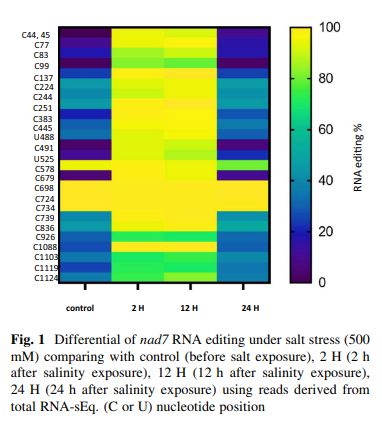
HSAS-MD Analyzer: A Hybrid Security Analysis System Using Model-Checking Technique and Deep Learning for Malware Detection in IoT Apps
Established Internet of Things (IoT) platforms suffer from their inability to determine whether an IoT app is secure or not. A security analysis system (SAS) is a protective shield against any attack that breaks down data privacy and security. Its main task focuses on detecting malware and verifying app behavior. There are many SASs implemented in various IoT applications. Most of them build on utilizing static or dynamic analysis separately. However, the hybrid analysis is the best for obtaining accurate results. The SAS provides an effective outcome according to many criteria related to the analysis process, such as analysis type, characteristics, sensitivity, and analysis techniques. This paper proposes a new hybrid (static and dynamic) SAS based on the model-checking technique and deep learning, called an HSAS-MD analyzer, which focuses on the holistic analysis perspective of IoT apps. It aims to analyze the data of IoT apps by (1) converting the source code of the target applications to the format of a model checker that can deal with it; (2) detecting any abnormal behavior in the IoT application; (3) extracting the main static features from it to be tested and classified using a deep-learning CNN algorithm; (4) verifying app behavior by using the model-checking technique. HSAS-MD gives the best results in detecting malware from malicious smart Things applications compared to other SASs. The experimental results of HSAS-MD show that it provides 95%, 94%, 91%, and 93% for accuracy, precision, recall, and F-measure, respectively. It also gives the best results compared with other analyzers from various criteria. © 2022 by the authors. Licensee MDPI, Basel, Switzerland.


